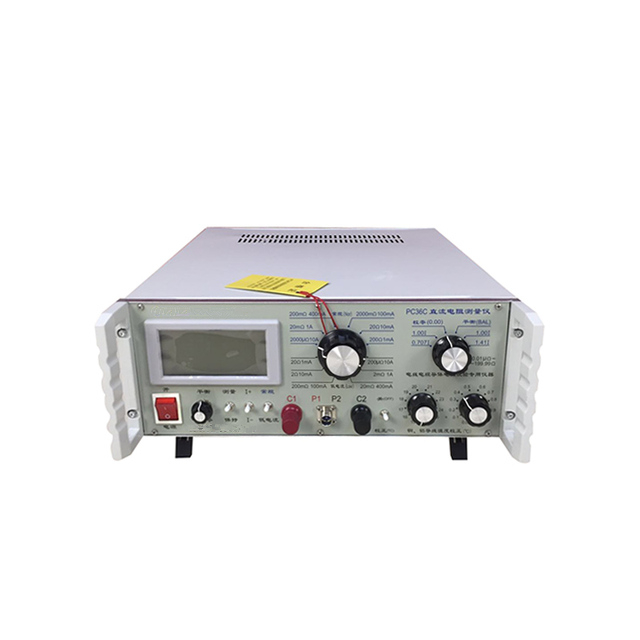optical measurement machine
Optical measurement machines (OMMs) have revolutionized the field of precision measurement and quality control in manufacturing industries. These advanced systems use various optical techniques, such as laser triangulation, interferometry, and photogrammetry, to achieve high-accuracy measurements of intricate parts and assemblies.
One of the most significant advantages of optical measurement is its non-contact nature. Traditional measurement methods often involve physical contact with the object, which can lead to wear and tear, alterations in the material, or even damage to delicate components. In contrast, OMMs utilize light to capture data about the object being measured, making them an ideal choice for sensitive materials, complex geometries, and intricate features.
OMMs are exceptionally versatile and can be employed across various industries, including aerospace, automotive, electronics, and medical device manufacturing. For instance, in the aerospace industry, where component reliability and precision are critical, OMMs can accurately measure turbine blades, fuselage components, and other critical parts that demand stringent tolerances. Similarly, in the automotive sector, these machines are used to verify dimensions on engine components, ensuring that every part meets rigorous safety and performance standards.
The technology behind optical measurement machines has advanced significantly in recent years. Modern OMMs are equipped with sophisticated software that facilitates automation, data analysis, and real-time feedback. This capability allows manufacturers to streamline their quality control processes, reduce inspection times, and ensure that production lines remain efficient. The data collected by OMMs can be integrated into a company’s manufacturing execution systems, enabling a more seamless operation and better decision-making based on real-time insights.
optical measurement machine

Moreover, OMMs contribute to sustainability efforts by reducing material waste. Traditional measurement techniques often require multiple iterations to achieve the desired tolerances, leading to excess scrap material. In contrast, the high precision of optical measurements allows for fewer defects, ultimately reducing waste and fostering sustainable production practices.
Education and training are also essential trends associated with OMMs. As industries increasingly adopt this technology, there is a growing demand for skilled professionals who can operate these machines and analyze the resulting data. Educational institutions and training programs are adapting to meet this need, ensuring that the workforce is equipped with the necessary skills to leverage optical measurement technologies.
In conclusion, optical measurement machines are an indispensable asset in modern manufacturing, providing unparalleled accuracy, efficiency, and flexibility. As technology continues to evolve, OMMs are likely to play an even more integral role in shaping the future of quality control and precision engineering across various industries.
-
Why the Conductor Resistance Constant Temperature Measurement Machine Redefines Precision
NewsJun.20,2025
-
Reliable Testing Starts Here: Why the High Insulation Resistance Measuring Instrument Is a Must-Have
NewsJun.20,2025
-
Flexible Cable Flexing Test Equipment: The Precision Standard for Cable Durability and Performance Testing
NewsJun.20,2025
-
Digital Measurement Projector: Precision Visualization for Modern Manufacturing
NewsJun.20,2025
-
Computer Control Electronic Tensile Tester: Precision and Power for the Modern Metal Industry
NewsJun.20,2025
-
Cable Spark Tester: Your Ultimate Insulation Assurance for Wire and Cable Testing
NewsJun.20,2025
 Copyright © 2025 Hebei Fangyuan Instrument & Equipment Co.,Ltd. All Rights Reserved. Sitemap | Privacy Policy
Copyright © 2025 Hebei Fangyuan Instrument & Equipment Co.,Ltd. All Rights Reserved. Sitemap | Privacy Policy
